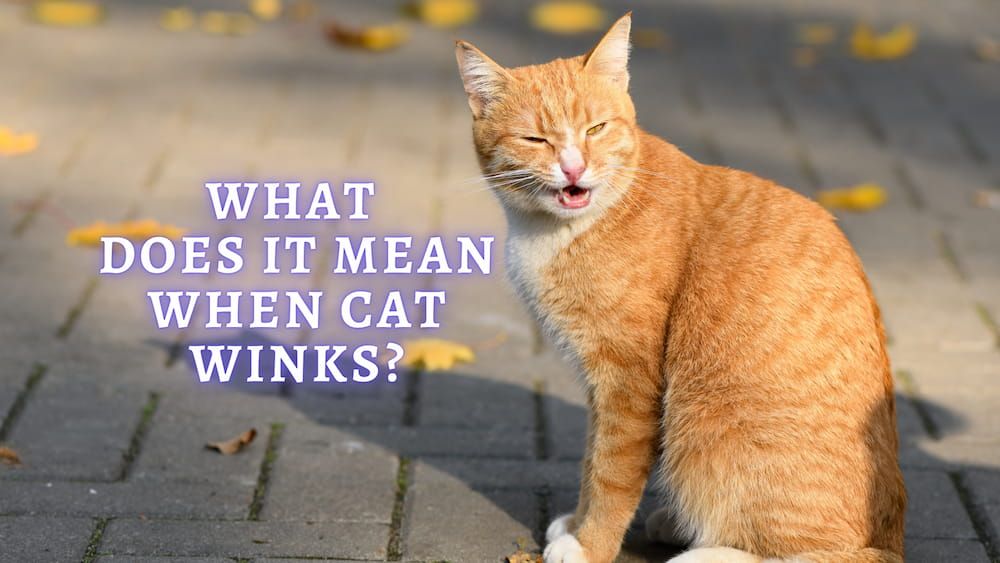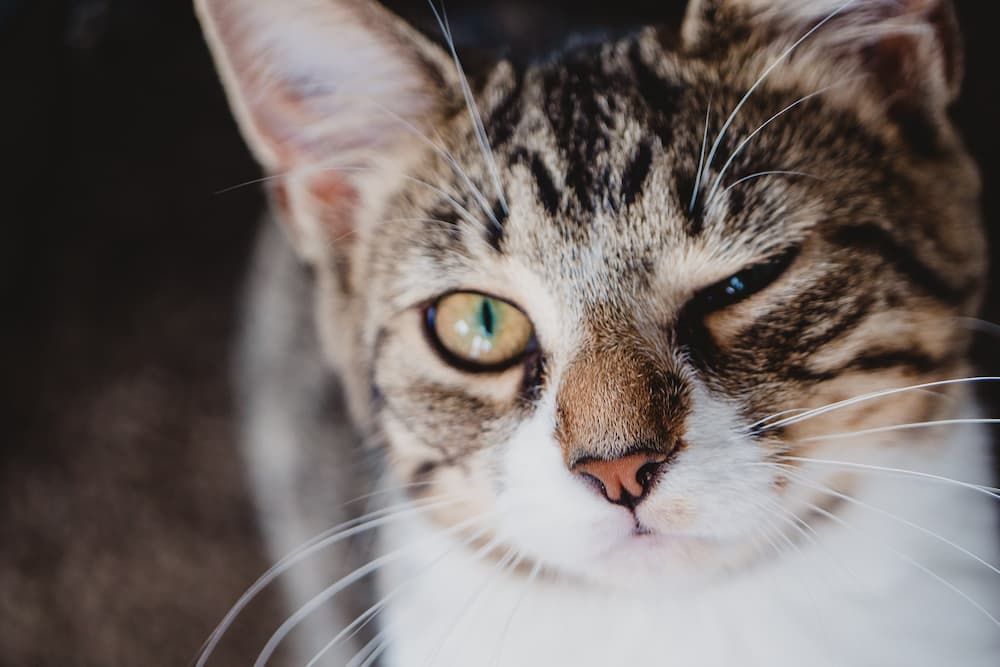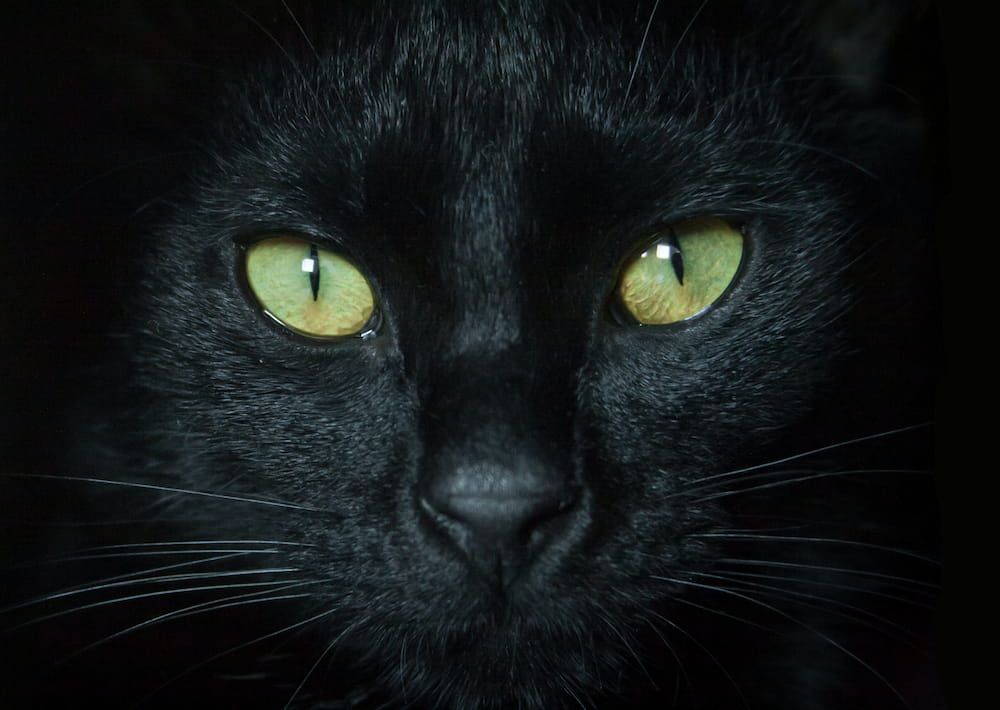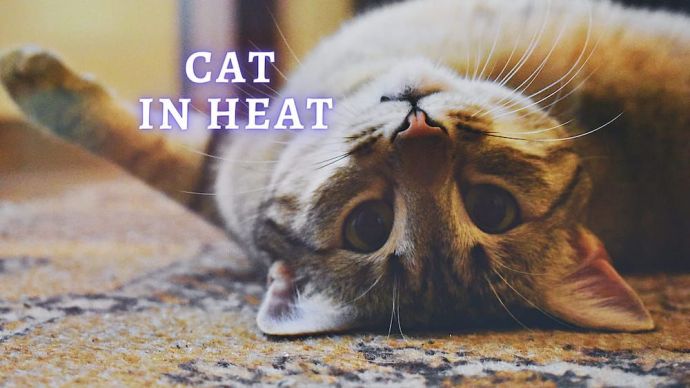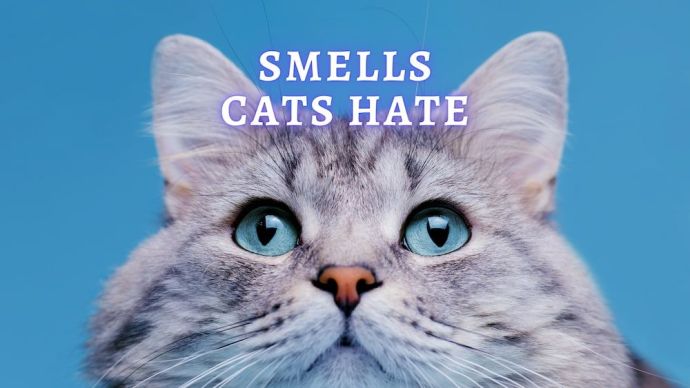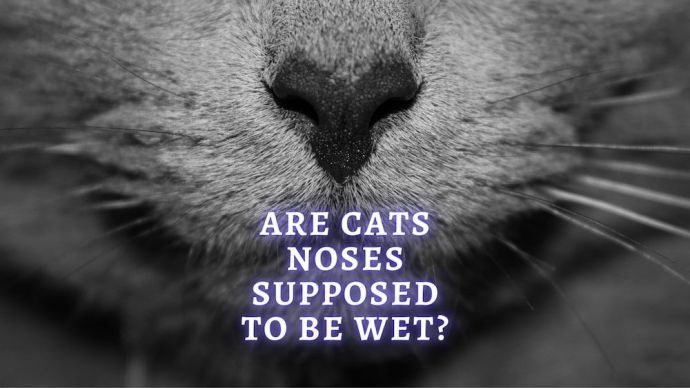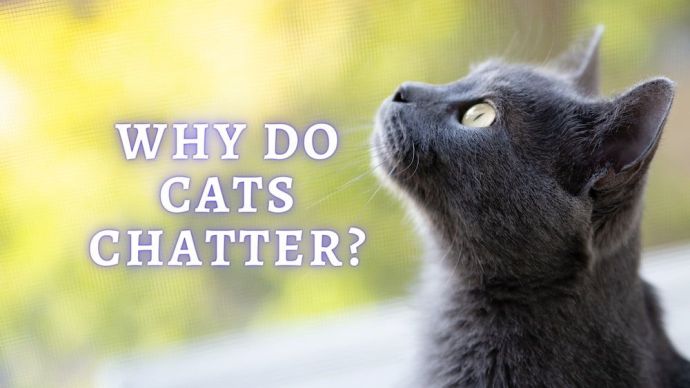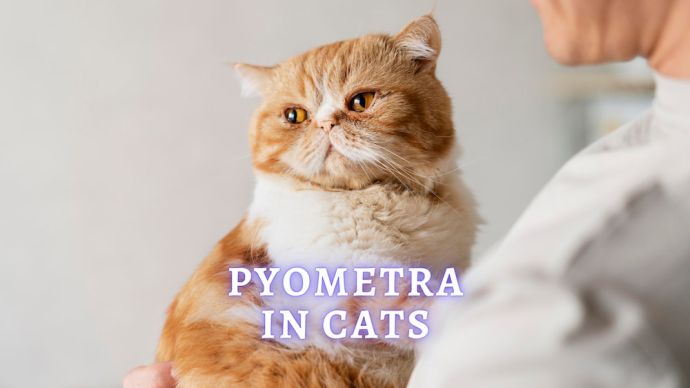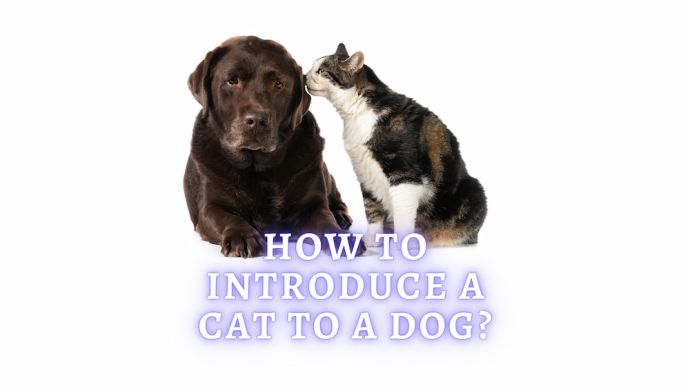Cat Winking: What Does It Mean When A Cat Winks At You?
Written by:
Author: Seb Jenkins
Seb is a professional SEO writer with a degree in Journalism, he has five years of experience in writing and editing. Seb specializes in topics like dog and cat breeds, aquarium guides, and pet care. He is passionate about educating and entertaining animal owners worldwide. In his spare time, Seb enjoys writing fiction novels.
View all 83 articlesLearn about our editorial process and veterinary review board.
Viewed: 349
Updated on: 06/08/2023
Human beings have incredibly expressive faces, and there are connotations with each bit of movement we make. A frown indicates annoyance, raised eyebrows, surprise, and a wink; well, that can mean a fair few different things! However, what some people do not realize is that cats can wink too. What even more people do not understand is the meaning behind this movement in their feline friend. Fortunately for pet owners, we have designed a handy guide to talking you through the cat wink’s ins and outs and answers.
What does it Mean when a Cat Winks?
Believe it or not, felines are very social creatures. They can also, after time, become loyal and affectionate towards their owners. During this process, they can display several behaviors to communicate with humans, even if we find them strange. For example, it is well known that cats do not meow to each other, only humans. This is often done to tell us something, such as ‘I am hungry’ or ‘let me outside.’ So, let’s take a look at the different possible meanings behind the cat winking:
1. A way of communicating with you
If you notice that your furry friend is winking at you, it can mean that they are trying to communicate. [2] In this case, a wink often means that they trust you and feel safe, comfortable, and happy with you. We know that some kitties can be standoffish, even after you have had them for years. Therefore, reaching this winking milestone can be a touching moment for a cat owner.
This wink is also closely linked to the cat blink. The full blink with both eyes means that your pet is comfortable and relaxed while also showing love towards you. This kind of communication is actually used in the wild between felines, but only when there is a sense of trust and neither one feels under threat by the other. [3]
2. Dry third eyelid
Many people do not realize that cats actually have three eyelids! This is translucent and is known as the nictitating membrane. The eyelid moves from the inner corner of the eye diagonally up/across and maintains moisture in the eye. Because the eyelid is translucent, it can cover the eye while allowing the cat to see it somewhat. However, you will rarely see it in use as the blink is extremely fast. Having said that, a wink can indicate a problem with the third eyelid. If your pet is experiencing dryness in one eye or has something caught in one eye, they will often wink until the moisture returns or their eye clears. It may appear that they are winking at you, but really they are just sorting out a problem.
3. An eye infection or eye problem
While a wink can be something as simple as a dry eye or a piece of hair caught in the eye, it can also point towards more serious issues. If you notice that your cat is consistently winking at you or repeatedly does it at a certain time of day, they may have an infection/problem. You can either attempt to work out the cause yourself, or you can book an appointment with your local vet.
Common Eye Problems in Cats:
- Conjunctivitis. This is also commonly referred to as pink eye as it is essentially inflammation in the eyeball membrane. This is caused by either a bacterial or viral infection. You should be able to spot it by the rusty discharge, swollen eye, and reddish color.
- Other infection. Beyond pink eye, there are several other bacterial, viral, fungal, or parasite infections that your kitty could be suffering from. Looking out for swollen red eyes, discharge from the eyes and nose, sneezing, squinting, and rubbing them.
- Allergies. Just like us, your cat can be allergic to certain things. When it affects the eyes, it is usually down to smoke, dust, perfume, chemicals, etc. You can tell by the rubbing of the eyes, watery and/or red eyes, squinting, and discharge.
- Ulcer in the cornea. Your cat could also have an ulcer on the surface of the eye. This makes the eye appear cloudy and can often be spotted due to the red eyes, discharge, and squinting.
- Glaucoma. An excess build-up of fluid can create extra pressure on the eye. If left untreated, your family friend could go blind. You can spot this due to the runny red eyes, squinting, rubbing, and crying.
- Cataract. The cat’s eye becomes cloudy, which in turn blocks out the light from the back of the eyes. After a time, this can result in loss of vision or complete blindness. You can spot it due to the cloudy appearance. It can also cause weight loss and increased urination/thirst (if it is linked to diabetes).
READ MORE: Cat Eye Injury
Cats Eye Language
If only we knew how to speak cat! Different actions can mean other things when it comes to cats, so we wanted to outline the most essential pieces of eye and body language to look out for:
- Open eyes: alert and giving attention
- Half-closed eyes: can indicate trust, affection, content, or just tiredness
- Dilated pupils: Can mean fear, excitement, nervousness, submission
- Narrowed pupils. Can mean that your kitty is angry and might be preparing to attack. But can also indicate calmness and confidence.
- Slow blink. This is also commonly referred to as a kitty kiss. It is typical feline behavior and demonstrates when a cat is both comfortable and relaxed while also showing love towards you.
- Cat winking with one eye. They trust you and feel safe, comfortable, and happy with you.
- Eye contact. Aggression, threatening, hostile.
- Long and direct stare with wide pupils. Taking in information
- No eye contact with another cat. Friendly intentions
READ MORE: Best Cat Toys (Reviews & Buying Guide)
Cats Body Language
Different pieces of body language can mean other things when it comes to cats, so we wanted to outline the most important ones to look out for:
- Tummy display. Pet parents need to realize that dogs and cats do not behave in the same way. When a dog rolls over and shows the belly, they often want it to be scratched. However, try the same thing with a cat, and they may get angry at you. Felines can sometimes stretch and roll over when they feel relaxed. [1] However, they can also show their belly when they feel trapped and concerned, often followed by claws and teeth.
- Slow blink. As we mentioned before, the slow blink indicates that your family friend feels content and safe. The meaning behind this in the wild is that it is the sign of ultimate trust to close your eyes in front of another. You can even slowly blink back at your pet in order to reciprocate.
- The tail. When a cat’s tail is being held high, it means they are confident. When it is curling around your leg or the tail of another cat, it indicate friendliness. When the tail is tucked between their legs, your kitty may be insecure and/or anxious. A bolt upright tail is said to mean that your pet feels threatened.
- Arched back. If you see an arched back with the hair sticking up, it’s time to back off and leave your cat alone. They are angry!
FAQs
What does it mean if a Cat Winks at you?
Experts have claimed that the cat wink can indicates friendship and trust. However, if your cat is not using the wink as a way to communicate, it can instead indicate that they have a problem. This could either be something simple like a dry eyelid or it could be something serious like an infection.
Why is it that my Cat does not blink when staring at me?
Eye contact can mean a couple of different things. Direct eye contact can indicate anger, aggression, and hostility. However, if your cat does not appear to be any of these things, then a long and direct stare with wide pupils can indicate that they are simply taking in information.
Article Sources:
- Rodan, Sarah, and Sarah Heath. “Feline Behavioral Health and Welfare.” ScienceDirect, sciencedirect.com/book/9781455774012/feline-behavioral-health-and-welfare.
- Crowell-Davis, Sharon L. “Cat Behaviour: Social Organization, Communication And Development.” SprinderLink, link.springer.com/chapter/10.1007/978-1-4020-3227-1_1.
- Turner, Dennis C. . “The Domestic Cat (The Biology of Its Behaviour).”
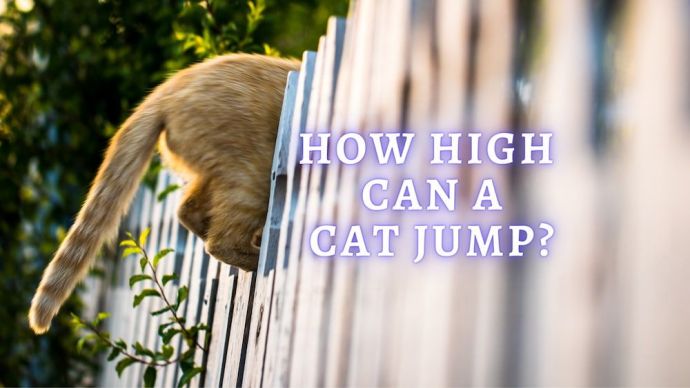 Cat Care How High Can Cats Jump? All You Wanted to Know About Cats Jumping Abilities
Cat Care How High Can Cats Jump? All You Wanted to Know About Cats Jumping Abilities - 353
- 0
 Cat Care Why Does My Cat Attack My Legs? 10 Reasons Why and What To Do About It (Vet-Approved Advice)
Cat Care Why Does My Cat Attack My Legs? 10 Reasons Why and What To Do About It (Vet-Approved Advice) - 46013
- 21
 Cat Veterinary Tips Cat Stomach Gurgling: Vet Advice on Why is Your Cat Stomach Gurgling?
Cat Veterinary Tips Cat Stomach Gurgling: Vet Advice on Why is Your Cat Stomach Gurgling? - 36469
- 4
 Cat Veterinary Tips My Cat Lost its Voice: Can Cats get Laryngitis? (Vet Advice)
Cat Veterinary Tips My Cat Lost its Voice: Can Cats get Laryngitis? (Vet Advice) - 23554
- 13









